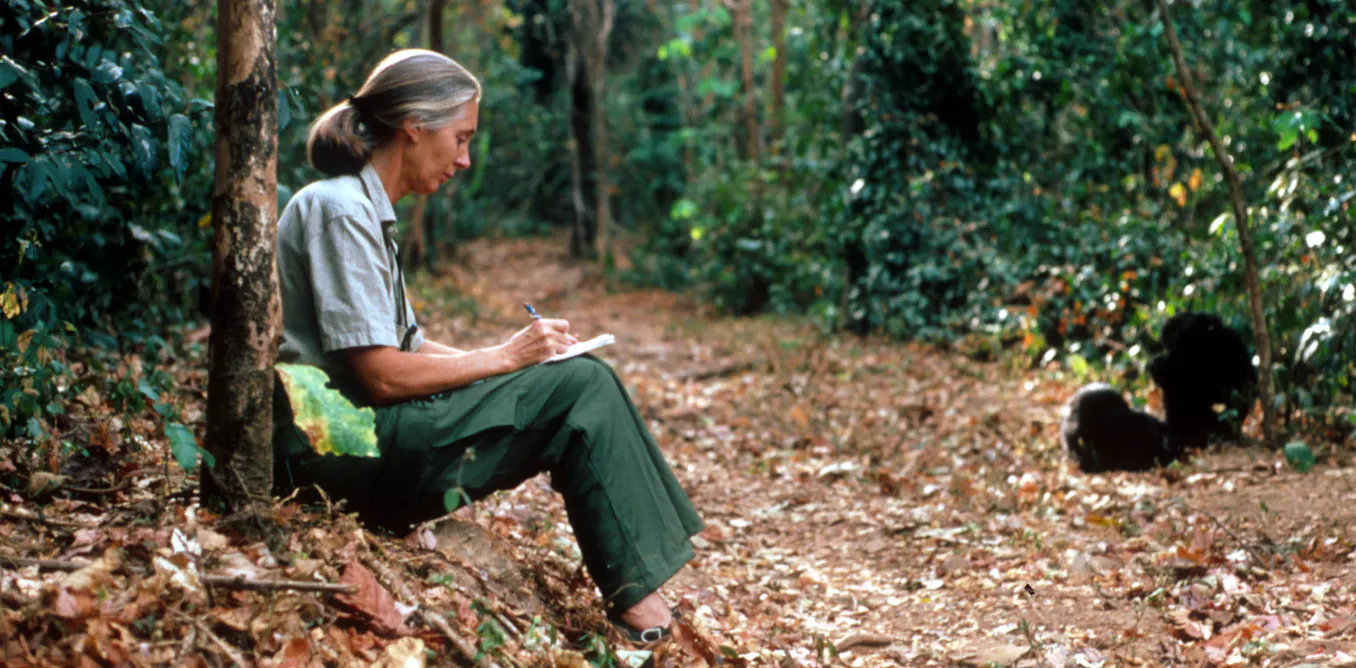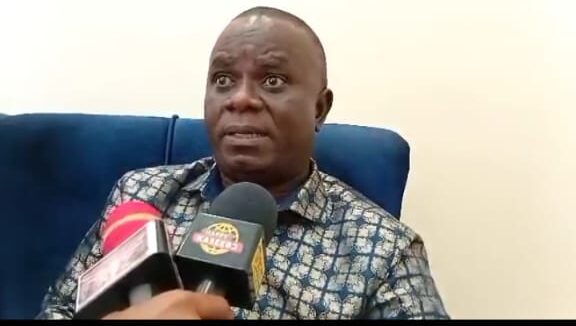By Macquarie University
Copyright theconversation

With the passing of Dr Jane Goodall, the world has lost a conservation giant. But her extraordinary achievements leave a profound legacy.
Goodall was a world-leading expert in animal behaviour and a globally recognised environmental and conservation advocate. She achieved all this at a time when women were commonly sidelined or ignored in science.
Her work with chimpanzees showed it was wrong to assume only humans used tools. She showed us the animals expressed emotions such as love and grief and have individual personalities.
Goodall showed us scientists can express their emotions and values and that we can be respected researchers as well as passionate advocates and science communicators. After learning about how chimpanzees were being used in medical research, she spoke out: “I went to the conference as a scientist, and I left as an activist.”
As childhood rights activist Marian Wright Edelman has eloquently put it, “You can’t be what you can’t see”.
Goodall showed what it was possible to be.
Forging her own path
Goodall took a nontraditional path into science. The brave step of going into the field at the age of 26 to make observations was supported by her mother.
Despite making world-first discoveries such as tool use by non-humans, people didn’t take her seriously because she hadn’t yet gone to university. Nowadays, people who contribute wildlife observations are celebrated under the banner of citizen science.
Goodall was a beacon at a time when science was largely dominated by men – especially remote fieldwork. But she changed that narrative. She convinced famous paleoanthropologist Louis Leakey to give her a chance. He first employed her as a secretary. But it wasn’t long until he asked her to go to Tanzania’s remote Gombe Stream National Park. In 1960, she arrived.
This was not easy. It took real courage to work in a remote area with limited support alongside chimpanzees, a species thought to be peaceful but now known to be far stronger than humans and capable of killing animals and humans.
Goodall is believed to be the only person accepted into chimpanzee society. Through calm but determined persistence she won their trust. These qualities served Goodall well – not just with chimps, but throughout her entire career advocating for conservation and societal change.
At Gombe, she showed for the first time that animals could fashion and use tools, had individual personalities, expressed emotions and had a higher intelligence and understanding than they were credited with.
Goodall was always an animal person and her love of chimps was in part inspired by her toy Jubilee, gifted by her father. She had close bonds with her pets and extended these bonds to wildlife. Goodall gave her study subjects names such as “David Greybeard”, the first chimp to accept her at Gombe.
Some argue we shouldn’t place a human persona on animals by naming them. But Goodall showed it was not only acceptable to see animals as individuals with different behaviours, but it greatly aids connection with and care for wildlife.
Goodall became an international voice for wildlife. She used her profile to encourage a focus on animal welfare in conservation, caring for both individuals and species.
A pioneer for women in science
With Goodall’s passing, the world has lost one of the three great “nonagenarian environmental luminaries”, to use co-author Vanessa Pirotta’s phrase. The other two are the naturalist documentary maker, Sir David Attenborough, 99, and famed marine biologist Dr Sylvia Earle, who is 90.
Goodall showed us women can be pioneering scientists and renowned communicators as well as mothers.
She shared her work in ways accessible to all generations, from National Geographic documentaries to hip podcasts.
Her visibility encouraged girls and women around the world to be bold and follow our own paths.
Goodall’s story directly inspired several authors of this article.
Co-author Marissa Parrott was privileged to have spoken to Goodall several times during her visits to Melbourne Zoo and on her world tours. Goodall’s story was a direct inspiration for Parrott’s own remote and international fieldwork, supported by her mother just as Goodall’s mother had supported her. They both survived malaria, which also kills chimpanzees and gorillas. Goodall long championed a One Health approach, recognising the health of communities, wildlife and the environment are all interconnected.
Co-author Zara Bending worked and toured alongside Goodall. The experience demonstrated how conservationists could be powerful advocates through storytelling, and how our actions reveal who we are. As Goodall once said:
every single one of us matters, every single one of us has a role to play, and every single one of us makes a difference every single day.
From the forest floor to global icon
Goodall knew conservation is as much about people as it is about wildlife and wild places.
Seventeen years after beginning her groundbreaking research in Gombe, Goodall established the Jane Goodall Institute with the mission of protecting wildlife and habitat by engaging local communities.
Her institute’s global network now spans five continents and continues her legacy of community-centred conservation. Researchers have now been studying the chimps at Gombe for 65 years.
Goodall moved from fieldwork to being a global conservation icon who regularly travelled more than 300 days a year. She observed many young people across cultures and creeds who had lost hope for their future amid environmental and climate destruction. In response, she founded a second organisation, Roots & Shoots, in 1991. Her goal was:
to foster respect and compassion for all living things, to promote understanding of all cultures and beliefs, and to inspire each individual to take action to make the world a better place for people, other animals, and the environment.
Last year, Roots & Shoots groups were active in 75 countries. Their work is a testament to Goodall’s mantra: find hope in action.
Protecting nature close to home
One of Goodall’s most remarkable attributes was her drive to give people the power to take action where they were. No matter where people lived or what they did, she helped them realise they could be part of the solution.
In a busy, urbanised world, it’s easier than ever to feel disconnected from nature. Rather than presenting nature as a distant concept, Goodall made it something for everyone to experience, care for and cherish.
She showed we didn’t have to leave our normal lives behind to protect nature – we could make just as much difference in our own communities.
One of her most famous quotes rings just as true today as when she first said it:
only if we understand, can we care. Only if we care, will we help. Only if we help shall all be saved.
Let’s honour her world-changing legacy by committing to understand, care and help save all species with whom we share this world. For Jane Goodall.



